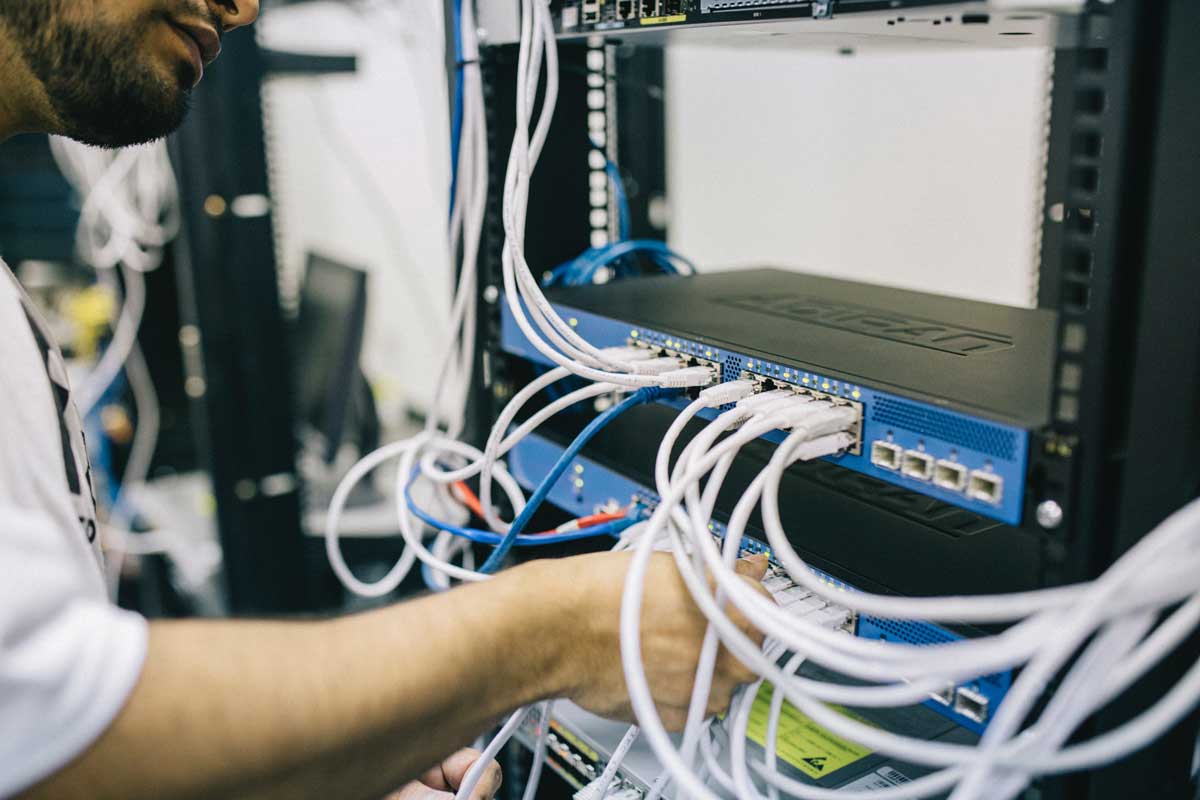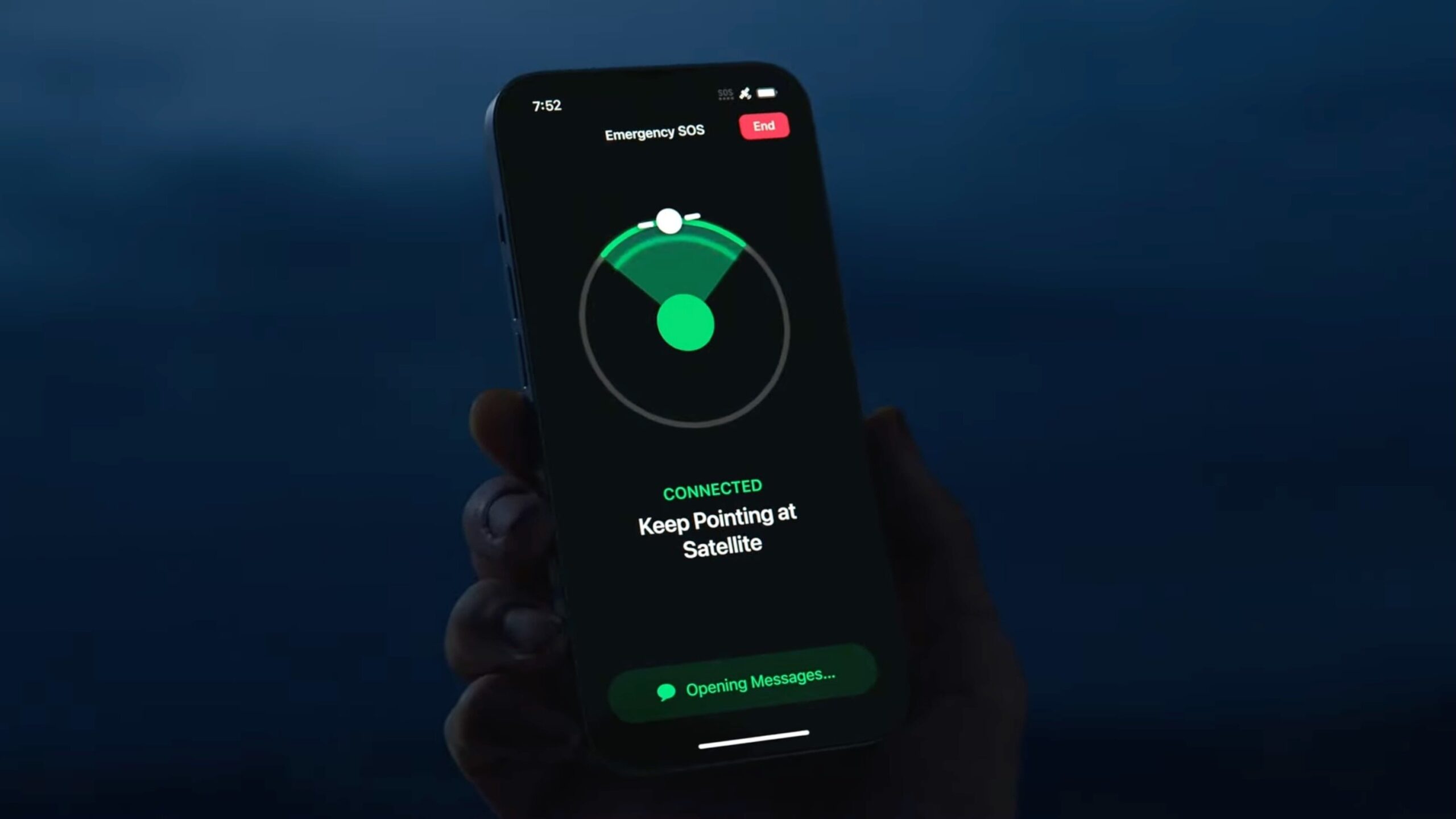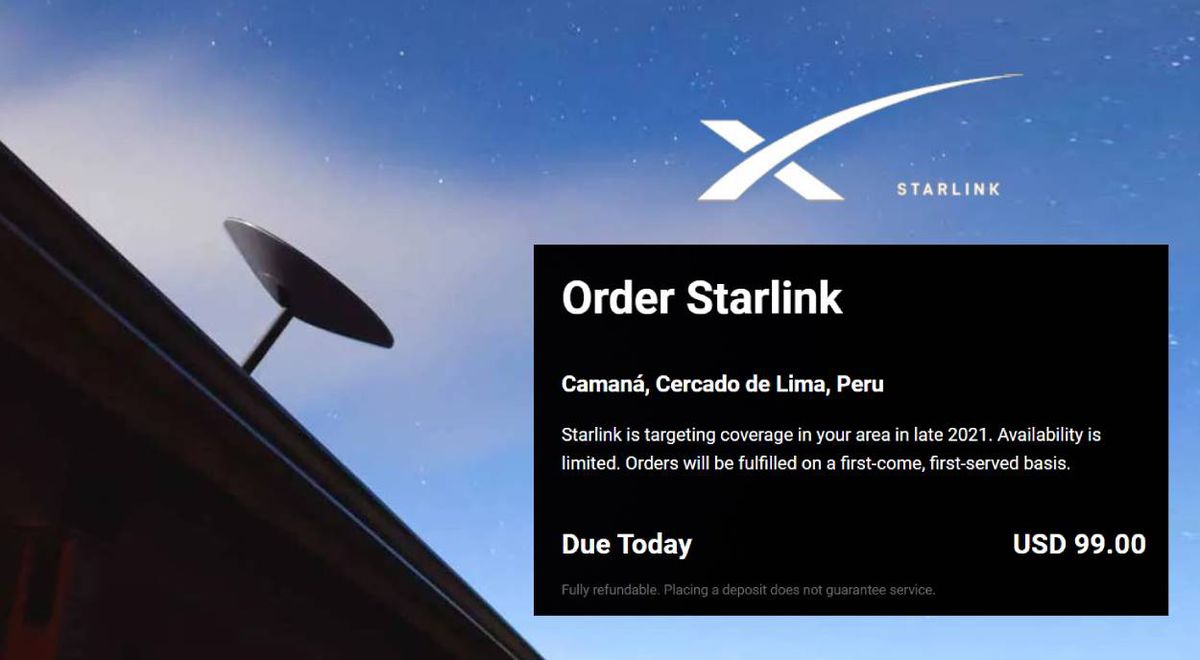Starlink’s internet service is sounding more and more appealing. Most people in the US want very fast internet speeds, and ground based systems have continually failed to deliver that. With Starlink, it seems that there’s a lot of potential to be had, and for a very good reason. They are constantly pushing the boundaries and coming up with creative and powerful solutions for everyone. Which does bring the question right now, what can we expect when it comes to speeds and value, and is it going to bring in any growth possibilities?
According to the Beta version of the service, it feels that the Starlink speeds are actually very impressive. The first tests reached speeds of up to 70 mbps when it comes to downloading, which is very well especially for a satellite based system at this time. There are more than 1000 satellites in the orbit offering the service, and it will definitely continue to grow. In fact Space X is set to deploy 12000 satellites, which will only help increase the speed and push it to the next level as much as possible.
It seems the company quotes speeds ranging from 50 to 150 mbps. So they might actually push the boundaries with even higher internet speeds in the near future. It’s important to focus and commit on higher internet speeds in the near future, which might actually be the case very soon. This is definitely something we need to address as much as possible, and the potential we get is nothing short of staggering.
When it comes to the upload, there are definitely some things that can be improved. The difference in 3.5 to 14 mpbs is definitely a high one, but then again they are covering the entirety of the US. As a result, there will always be differences and challenges that can arise. Which is what makes the service so interesting in the first place. They have all kinds of benefits brought to the table, and the results themselves are very impressive because of that.
However, it seems that Starlink is winning when it comes to latency. Granted, the latency they tested is varying wildly, but it has an average of 42 ms. Considering the signal is coming from space, this is not bad at all. In fact, they do want to achieve around 20 ms or less in 2021, which clearly shows the true potential of the company. Fiber connections have 2-3 ms of latency, so this is definitely a bit slower. But considering the use of satellites and other solutions like that, it’s definitely the type of thing that might be the future of connections.
In the end, the beta speeds for Starlink are very promising. It’s just the start of the service right now, and if the start is very powerful, we will definitely end up with a lot of tremendous benefits in the long term. For the time being, we are constantly pushing the boundaries with this type of technology. It seems it will become very viable in the future, although only time can truly tell.






Leave A Comment